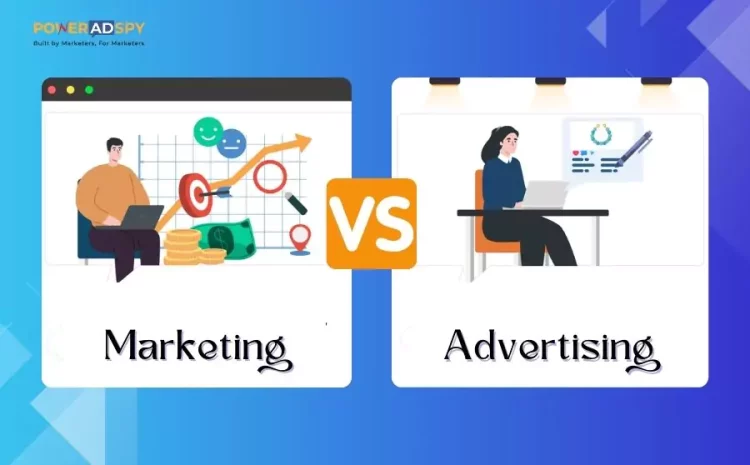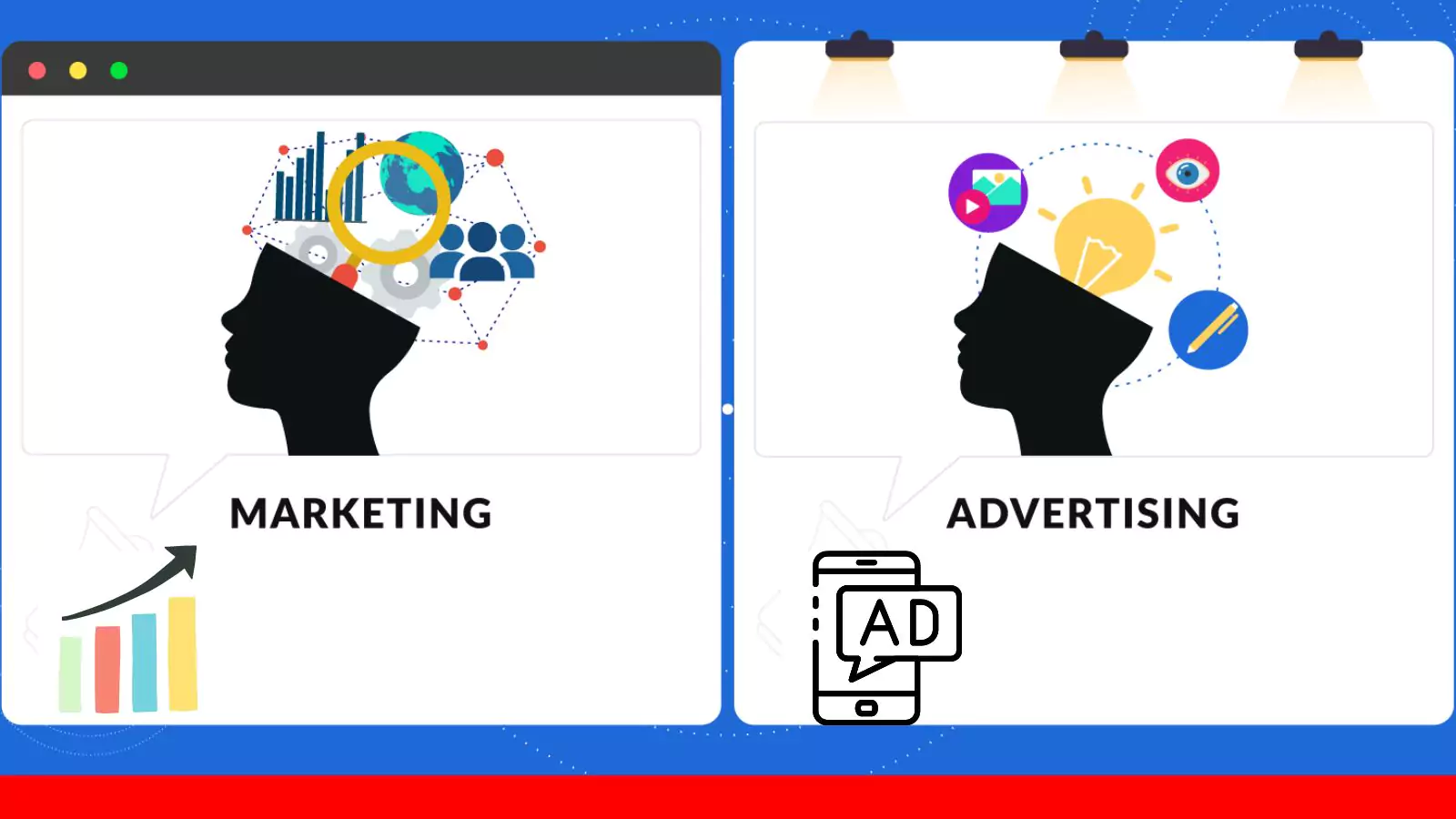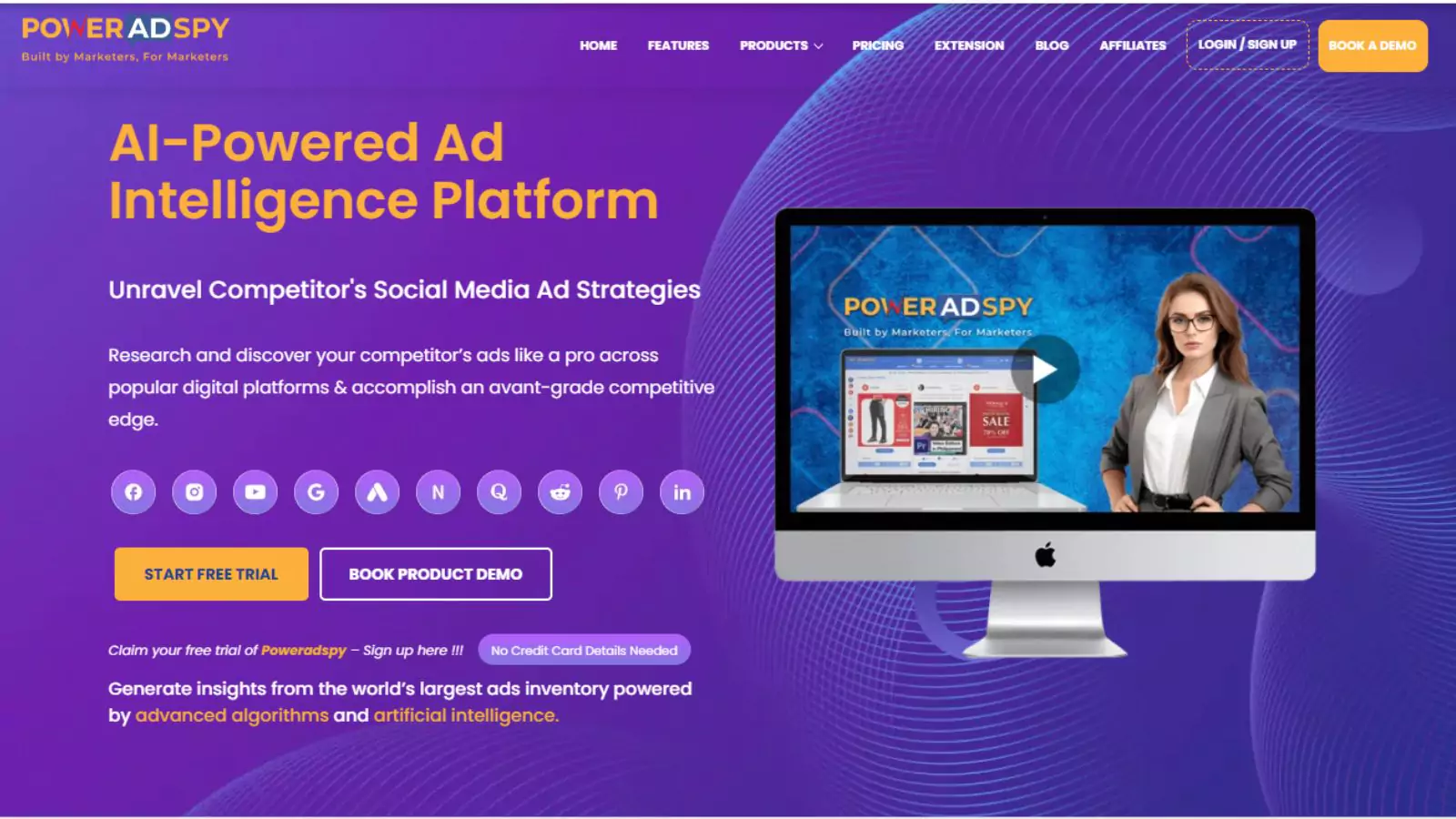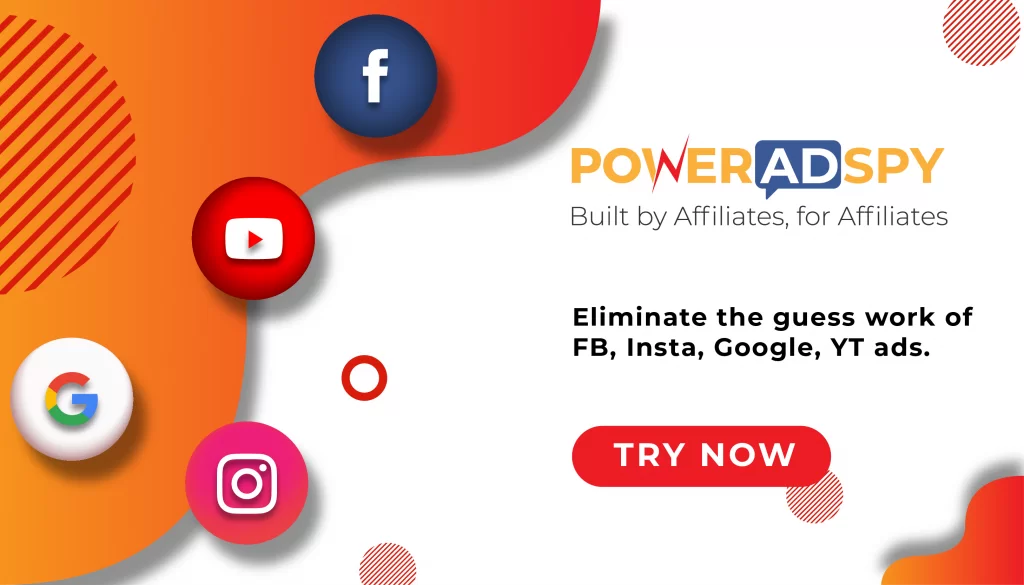Marketing Vs Advertising: Two Sides Of The Branding Coin
Ever thought about how your favorite brands become so cool? Well, it’s like magic powered by two superheroes: marketing and advertising. They’re like the two sides of a coin, different but super connected.
In the business world, understanding the difference between marketing vs advertising is like holding the key to unlocking the secrets of successful branding.
Let’s go on an adventure to discover the secrets behind these two important things that make brands cool.
Listen To The Podcast Now!
What Is Advertising And Marketing
Marketing: The Complete Way Of Building A Brand
Marketing is the way businesses connect with people to promote their products or services, including the vital aspect of marketing vs advertising. It involves understanding what customers need, creating products that fulfill those needs, and communicating how these products can enhance their lives.
Marketing isn’t just about selling – it’s an overall approach that includes advertising, building brand identity, and maintaining customer relationships. By employing- strategies like market research, pricing, and distribution, marketing aims to create awareness, generate interest, and build loyalty. It’s the bridge that- links businesses with their audience, shaping perceptions and making products or services more accessible and appealing.
The Marketing Mix
It was coined by Harvard professor Neil Borden and is a decision-making matrix for businesses.
Initially, the 4Ps included:-
- Product, addressing customer needs.
- Price, determining profitability.
- Place, ensuring accessibility.
- Promotion, communicating benefits.
Evolving into the 7Ps, services-driven businesses consider:-
- People rely on competent staff.
- Process, showcasing service delivery.
- Physical evidence, tangible service benefits.
Whether products or services, businesses leverage this mix to navigate decisions crucial for growth and customer satisfaction.
Types of marketing
Marketing has traditionally been categorized by medium, similar to advertising. However, technological advancements have expanded communication opportunities. Today, marketing types include:
- Digital Marketing: Encompassing web elements like blogs, email, SEO, and social media, with specific rules for influencers and platform optimization.
- Global Marketing: Standardizing messaging worldwide or tailoring approaches to specific regions, countries, or cities.
Relationship Marketing: Focusing on cultivating customer loyalty and building relationships, distinct from advertising. - Brand Management: A detailed study involving a brand’s components, identity, and services, exploring growth opportunities such as logo changes or new service offerings.
- Product Development: Introducing new products or updating existing ones based on research, brand advertising, and brand management insights.
Advertising: The Art Of Capturing Attention
Advertising is a way companies promote their products or services to grab your attention. It uses various methods, like catchy messages, images, or videos, to create interest and make you buy or try something. Whether it’s on TV, billboards, or in magazines, advertising is everywhere.
Its goal is to make you aware of a product or service and make it seem appealing, encouraging you to make a purchase. Essentially, it’s a way for businesses, through marketing vs advertising, to connect with you, share information, and convince you that what they offer is worth your time and money.
5 M’s Of Advertising
In the process of crafting an advertising campaign, managers focus on pinpointing the target market and buyer motivations. Subsequently, they must make crucial decisions known as the 5 M’s:
- Mission: Determining the advertising objectives.
- Money: Allocating the total budget for running ads across different media platforms.
- Message: Defining the message to be disseminated.
- Media: Selecting the media channel or platform for ad circulation.
- Measurement: Establishing the criteria for evaluating ad campaign results.
Types Of Advertising
Traditional Advertising: Platforms include print, radio, and TV.
Retail Advertising: In-store promotions and appealing displays.
Online Advertising: Encompasses Facebook ads, website pop-ups, and sponsored blog posts. Includes pay-per-click advertising, gathering data, and charging per click.
Mobile Advertising: Targets users through smartphones. Examples include ads prompting immediate phone dialing.
Outdoor Advertising: Involves billboards, whether traditional paper or digital displays.
These advertising types, distinct in nature, collectively contribute to promoting products and services in the market.
Examples Of Advertising Strategies
Here are some examples of advertising strategies:
Social Media Advertising: Utilizing platforms like Instagram to showcase visually appealing content and reach a younger, visually-oriented audience. For instance, a fashion brand might use Instagram ads featuring influencers wearing their latest clothing line.
Search Engine Advertising (Google Ads): Running targeted ads on Google appears when users search for specific keywords related to your product or service. For example, a local bakery might use Google Ads to promote its special offers and attract customers searching for “fresh pastries near me.”
Influencer Marketing: Collaborating with popular influencers in the fitness industry to promote a new line of health supplements. The influencers, known for their credibility in the fitness community, create content endorsing the products and share it with their followers on platforms like YouTube or TikTok.
Remember, the effectiveness of each strategy depends on your target audience, industry, and overall marketing goals. Combining multiple strategies can often yield the best results.
Marketing vs Advertising: 6 Key Differences
1. Responsibilities
Marketing: Marketing focuses on enhancing a business’s visibility and appeal to potential and existing customers. Responsibilities include branding, trend analysis, customer relationship management, cross-department alignment, market research, strategy development, and budgeting with ROI tracking.
Advertising: Advertising involves customer analysis, pitching strategies, media buying, creative production, campaign management, and communication between stakeholders aiming to effectively promote a brand to the market.
2. Purpose
Marketing vs Advertising both aim to increase sales and profitability, but they differ in how they achieve this.
Marketing focuses on lead generation, customer acquisition, retention, branding consistency, upsell/cross-sell opportunities, product development, and holistic tracking.
Advertising aims to build awareness, boost recognition, attract first-time buyers, inform or remind customers about the brand, compel purchases, increase loyalty, maintain a strong brand image, and establish a top-of-mind presence.
3. Techniques Used
Marketing: Inbound marketing, content marketing, SEO, email marketing, and affiliate marketing are employed to attract and engage audiences.
Advertising: Traditional, retail, digital, native, billboard, and mobile advertising methods are utilized to create awareness and engage potential customers.
4. Investment Required
Advertising usually involves budget allocation, potentially requiring internal team building or collaboration with freelancers/agencies. Ad spending is a significant investment.
Marketing covers a broader range, including branding, customer/trend research, and software.
5. Success Measurements
Metrics like Net Promoter Score, customer retention, customer lifetime value, sales revenue, and market share- measure marketing success.
Advertising success is measured through metrics like Return on Ad Spend (ROAS), reach, impressions, click-through rates (CTR), engagement, and conversion rates.
6. Generating Results
Advertising typically yields quicker results, with campaigns monitored during and after the campaign period.
Marketing is a continual, long-term process of adapting to evolving business and market trends. The short-term effects of marketing campaigns are crucial for understanding brand health and audience resonance.
Planning For Advertising And Marketing Campaigns
Planning a marketing vs advertising campaign from scratch may seem overwhelming, but the good news is that you don’t have to start with a blank list. Here are the fundamental steps to kickstart your new marketing initiative:
Step 1: Establish Goals
Just like setting a waypoint for a road trip, creating a marketing strategy requires clear goals. Define what you want your marketing team to achieve and ensure these goals are measurable. Use frameworks like SMART goals or Objectives and Key Results (OKRs) for effective goal-setting. For instance, if your brand awareness is below target, set a goal to increase it by a specific percentage.
Step 2: Create a Marketing Plan
Outline all the activities needed to achieve your objectives. Based on your goals, identify actions to take and monitor key performance indicators (KPIs) for each tactic. For example, if the objective is to enhance brand recognition, the strategy may include executing digital awareness campaigns on social media platforms, engaging with influencers, and managing social media ads.
Step 3: Research the Competitive Market
Researching the competitive market is not only important for creating better products but also for understanding the market itself. Take a close look at how other brands similar to yours are making waves online. Check out their strategies, what’s working well for them, and where they might be falling short. It’s like taking a page out of their book.
Now, here’s a cool tip: consider using ad spy tools like PowerAdSpy. It’s like having a secret weapon to spy on your competition’s advertising moves. If you see them getting lots of attention with specific tactics, think about incorporating similar tricks into your marketing strategy. It’s all about learning from the best to make your brand even better!
PowerAdSpy: Ad Intelligence Tool
It is a robust tool that empowers businesses with valuable information into the competitive landscape of online advertising. PowerAdSpy can be a valuable asset in both marketing vs advertising strategies, offering insights that contribute to the success of these efforts.
In Marketing:
- Competitive Analysis: PowerAdSpy allows marketers to gain a comprehensive understanding of how competitors are positioning themselves through advertising. This information aids in shaping broader marketing strategies to stand out in the market.
- Audience Insights: By observing the types of ads that resonate with the audience in your niche, PowerAdSpy helps in understanding customer preferences. This information is invaluable in tailoring marketing messages to better connect with the target audience.
- Trend Identification: PowerAdSpy helps marketers identify emerging trends in advertising. Staying abreast of these trends is crucial for incorporating fresh and engaging elements into overall marketing campaigns.
In Advertising:
- Ad Inspiration: For advertising professionals, PowerAdSpy serves as a source of inspiration. It provides a vast database of ads from various industries, helping to spark creative ideas for new and compelling ad campaigns such as ad filtering by engagement metrics and search functionalities by keywords, enabling advertisers to pinpoint inspiration more efficiently.
- Ad Placement Strategies: Understanding where competitors are placing their ads and the platforms that yield the best results helps in optimizing ad placement strategies. This is particularly beneficial in the advertising realm.
- Ad Optimization: Marketers can use PowerAdSpy to analyze the performance of different ad creatives. This information aids in optimizing advertising efforts, ensuring that resources are allocated to the most effective campaigns. With PowerAdSpy’s advanced analytics, users can delve into detailed performance metrics such as click-through rates, conversion rates, and audience demographics. This depth of analysis enables marketers to optimize their ad creatives for maximum effective advertising, driving higher returns on investment.
PowerAdSpy acts as a bridge between marketing vs advertising by offering critical insights that inform both aspects of a business’s promotional efforts. It contributes to a more informed and strategic approach, enhancing the overall impact of marketing and advertising initiatives.
Step 4: Implement Your Marketing Efforts
Once your goals are set, your plan is in place, and you’ve researched similar markets, it’s time to put your plan into action. Define responsibilities, organize completed assets, and establish performance-tracking mechanisms.
Step 5: Monitor and Repeat
After implementation- step back and evaluate the results. Assess how your campaign aligns with your goals and whether it contributes to new customers. Use these insights to iterate and improve for future campaigns. If a specific initiative underperforms, make adjustments or consider new strategies.
For instance, if your influencer campaign outperforms paid ads in increasing brand awareness, consider emphasizing this tactic in subsequent campaigns. By tracking all your work, you can make informed decisions to enhance the effectiveness of your marketing efforts.
Read More
10 Best Strategies For Effective Advertising- The Game Changer
Know More About The Best Method Of Social Media Management Ads And Its Examples
Brand Advertisement: What Is It and How Does It Work?
Wrapping Up
Marketing vs advertising work hand in hand like a dynamic duo in the business world. Think of advertising as the attention-grabber and marketing as the smart planner. Utilizing an ad intelligence tool like PowerAdSpy, which gives you awesome insights.
So, instead of thinking of them as rivals, think of them as partners. When they team up, your brand becomes super strong and stands out from the crowd. Remember, it’s not marketing vs advertising – it’s about using all these things together to make your brand awesome!
By using marketing and advertising together with tools like PowerAdSpy, you can make your brand awesome!








